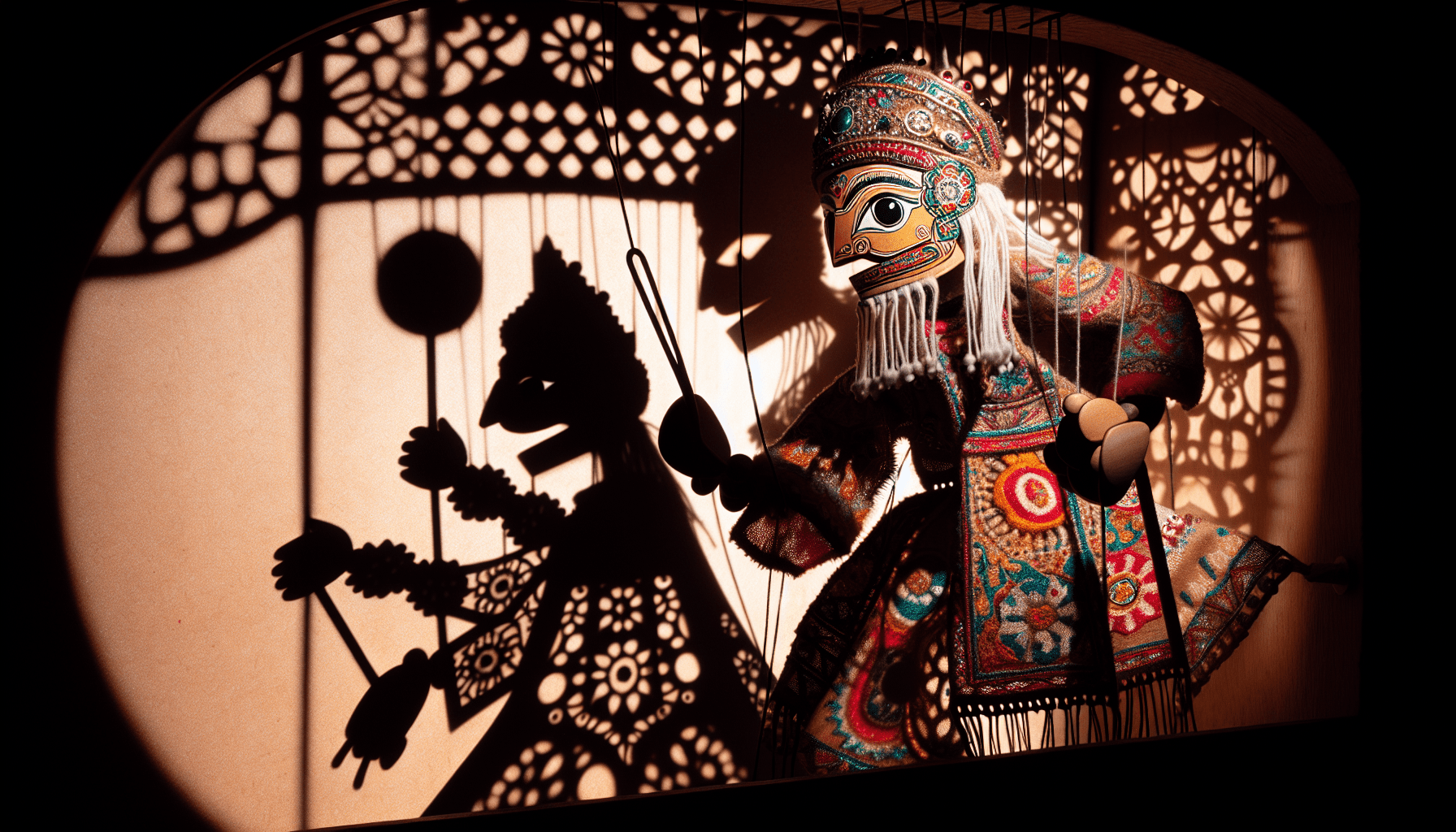Welcome to an exploration of the fascinating journey of puppetry in Turkish entertainment! From traditional shadow puppet shows to modern puppet theaters, puppetry has evolved and adapted over the years to captivate audiences of all ages. This art form has not only entertained but also preserved cultural traditions and stories, making it an integral part of Turkey’s rich cultural heritage. Join us as we dive into the vibrant world of Turkish puppetry and discover the magic and creativity behind this centuries-old art form.

